Recently updated on January 27, 2022 at 10:36 am
Rubber seals on the vehicle act as a kind of shield against moisture, wind and other weather conditions. Over time, however, the rubber wears out and loses its good properties as a buffer. First and foremost, the seals around the trunk are heavily used. Continuous opening and closing of the lid causes abrasion, which in turn contributes to damage to the seals. The same applies of course to other seals such as on the doors or the sunroof. Therefore a intense and regular Rubber care on the vehicle should be a matter of course. It is a fact that rubber and plastic will last longer with regular maintenance. Therefore, good care of the rubber seals is an indispensable measure for professional car care.
Vaseline, silicone, deer tallow & Co.
Care products for rubber seals should never be water-based, because water gets into the seals and freezes at temperatures below zero. In the long term, this makes the seals porous and loses their protective properties. Suitable care products are for use Vaseline and Silicone Sealant. Best suited for good rubber maintenance Deer tallow. Although it has hardly any frost protection to offer, it optimally renews the necessary protection. Deer tallow supplies the gum with important nourishment with the result that afterwards a permanent protection is available and even old (not defective) Seals are almost completely replaced.
Remove dirt and moisture beforehand!
Before starting the actual maintenance measures, all dust, dirt and all moisture must be removed (This removes moisture in the car). Because the care products can only be absorbed into the rubber when it is clean and dry. Especially in cracks and kinks it is important to completely remove the dirt and moisture. It is best to treat the rubber parts on the vehicle again after each wash. However, whether car wash or not, all rubber seals should be treated once a month with suitable care products to ensure a long service life. Seals in the engine compartment, on the other hand, should undergo thorough maintenance at least once a year.
Correct rubber care = follow instructions!
In order for rubber care to be successful, the instructions for use of the care product must be observed. This means, among other things, that the petroleum jelly or the silicone evenly applied to the rubber. The product must then take effect for a few minutes. Vaseline or deer tallow can optimally penetrate the rubber if the care product using a sponge is applied. Will be a for it balm is used, the effort is very little. Such a pen can be stowed in the glove compartment and used after every car wash. Rubber care pens are offered for sale in specialist shops and on the Internet from a wide variety of providers.
Further points to be observed about rubber care!
Rubber is particularly elastic but also insensitive. Over the years, a certain amount of wear and tear sets in and the seals become porous. This has the consequence that the rubber loses its protective properties. Harmful influences such as moisture and UV light are also responsible for this. To avoid this, rubber parts are cleaned beforehand with a dry cloth and citric acid. After this procedure you have to dry the rubber with a cloth and apply the vaseline or deer tallow. Excess material needs to be wiped off to prevent contamination. If the result leaves something to be desired, you have to repeat the whole process again until you can see the success. Is despite the procedure no success visible, i.e. the seals no longer seal, is a Exchange necessary. An exchange should be carried out immediately to avoid damage.
Take special care of the door seal / rear door
The rubber seals on the trunk and the door seals in particular require regular maintenance. It is best to do this after every car wash. Regular and correctly performed rubber care refreshes seals and ensures a long service life. Proper rubber care extends the service life of all rubber parts on the car, ensures that the seals look fresh and almost prevents them from freezing. Regular maintenance of the rubber also helps to save costs when you consider that seals need to be replaced for each door up to 250 Euro can cost.
In summary, properly care for rubber seals:
- the procedure can also be applied to doors, windows, cabinets, lids, etc.
- Inexpensive home remedies such as deer tallow, petroleum jelly or glycerine from the drugstore or pharmacy are suitable
- care makes rubber seals soft and elastic
- Test: Press the rubber with your fingertip, run your fingertip over it, if the rubber is hard and brittle, it needs to be refreshed.
- Care products make seals soft and elastic for a long time (Side effect: The rubber is cleaned and gets its original color back)
- Comparatively expensive care products for rubber usually do not achieve better results than home remedies such as petroleum jelly, deer tallow, talc or glycerine
- the agent should be environmentally friendly and harmless to health
- Door and window seals can also be maintained with silicone spray from the hardware store
- Expiration:
1. remove coarse dirt with a damp cotton cloth or toothbrush
2. only use light to medium pressure
3. Then dry the rubber with a towel
4. Apply care products with a small sponge or dry cloth
5. Massage the agent into the rubber
6. Wait a few minutes for the agent to be absorbed by the rubber and repeat the process (until the rubber is pliable)
7. at the end, wipe off the excess
- Apply liquid agent with a cloth and wipe the rubber several times
- Use glycerine pencils similar to lip care pencils (simply pull it over the rubber so that a thin layer remains) - Maintain rubber seals regularly
- Door / window seals and seals on the car especially in late autumn at the beginning of the cold season and in Spring maintain
- Alternatively are suitable Silicone-based oils / Ballistol oil (apply thinly with a cloth)
- Side effect of the well-kept seals in winter: moisture is repelled. The doors / rubbers do not freeze to the frame and are therefore when opened not damaged.
Tip: Is the seal damaged, then there is in our post "How to repair car door seals correctly? How to do it!“A little guide to repairs.
We hope that you have received our information report on the topic / term Rubber seal care (Further designations / keywords are: rubber care products, care products, rubber care pen, rubber care, seal care, rubber care products, rubber care spray, door rubber care, talc spray) from the Autotuning category. Our goal is to have the largest German-speaking tuning lexicon (Tuning Wikipedia) and to explain tuning technical terms from A to Z easily and understandably. We are therefore expanding this lexicon almost daily and you can see how far we have already come HERE see. And soon the next one will be Tuning scene concept illuminated by us. In part, we would like to provide you with news but also off the tuning. In our category Tips, products, information & Co We have reviews of car or accessories manufacturers, new ones Tuning Wiki Terms or one or the other Leak veröffentlicht. Following an excerpt of the last articles:
"Tuningblog.eu" - we keep you up to date on the subject of car tuning and car styling with our tuning magazine and we present you the latest tuned vehicles from all over the world every day. It's best to subscribe to ours Feed and will automatically be informed as soon as there is something new about this post, and of course also to all other contributions.
 tuningblog.eu Your magazine about tuning the car
tuningblog.eu Your magazine about tuning the car
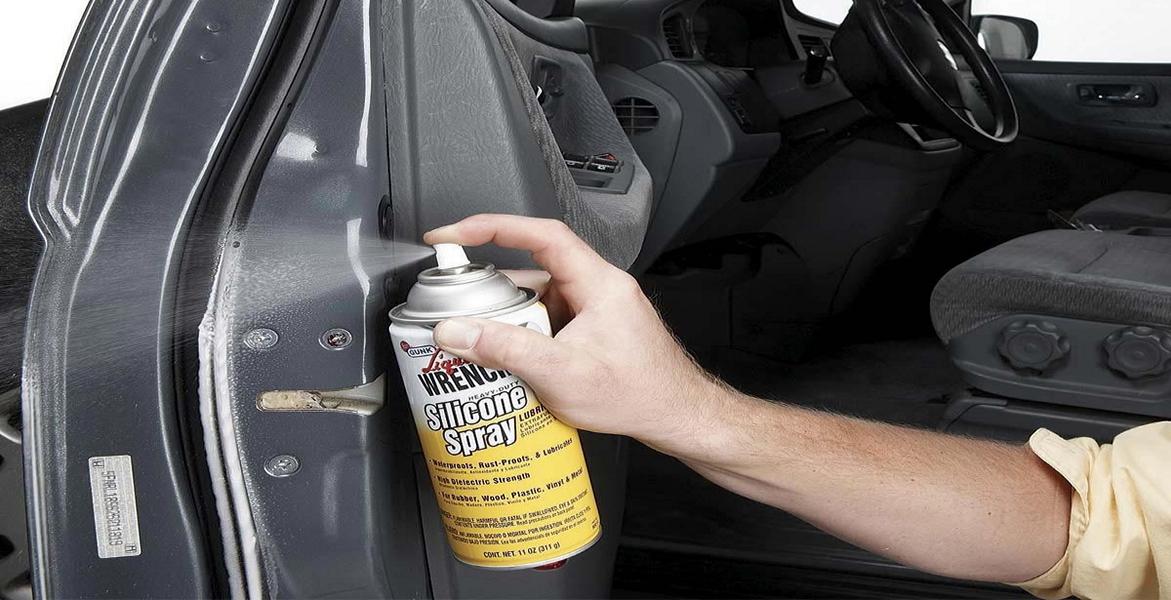
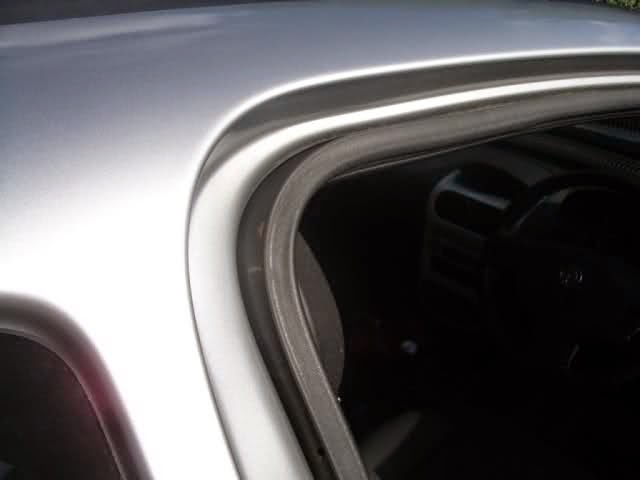
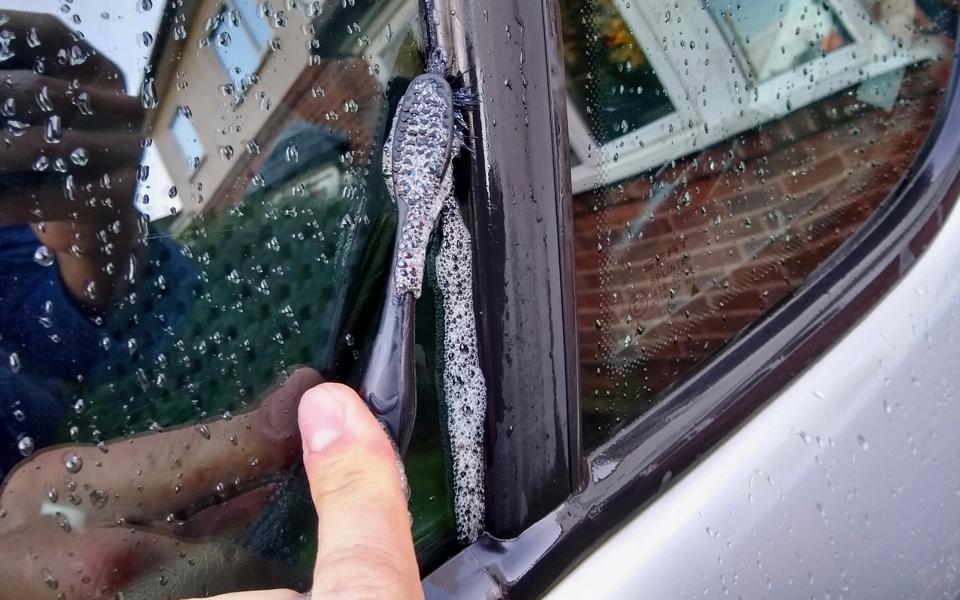
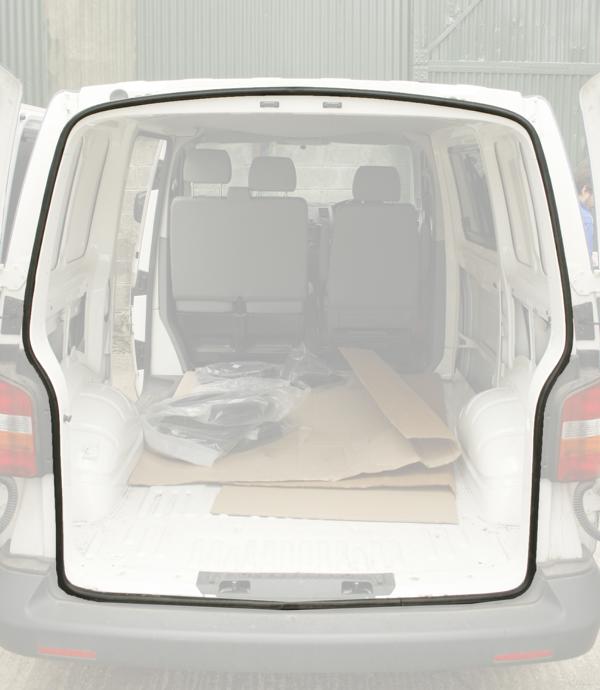
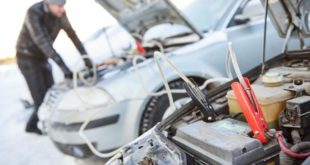

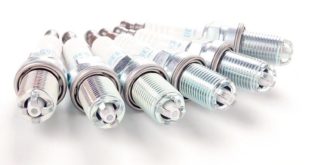
Thanks for the post on caring for rubber seals on cars. My brother recently told me that he is never quite sure how to properly clean the rubber seals on his car. Good to know that seals in the engine compartment should receive thorough maintenance at least once a year.
Thank you for contributing to the maintenance of rubber seals. My uncle has to order new seals to replace the old ones. Good to know that deer tallow, petroleum jelly and silicone can be used for care.
No entiendo cómo pueden recommend la vaselina para el tratado y conservación de las gomas cuando está demostrado que cualquier producto derivado del petróleo provoca una degradación en las mismas. Inicialmente puede parecer que están hidratadas y elasticas pero a medio plazo el resultado es el contrario al deseado.
La silicona en sus different versions is recommended.